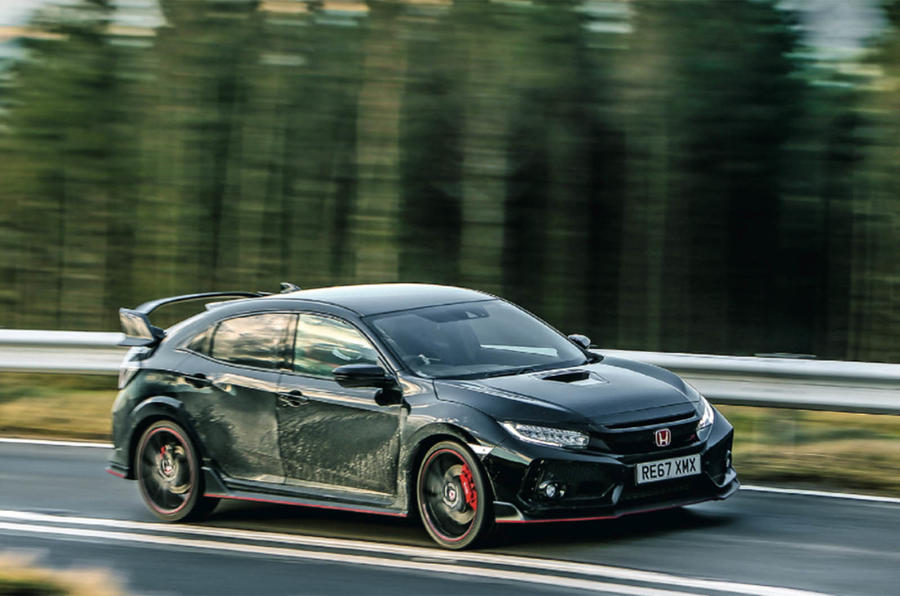Black is the new white, or new black, or silver, or, I don’t know, whatever.
It has definitely become the best-selling car colour in the UK, anyway, replacing white for the first time since 2012. Last year, half a million of the 2.5 million cars sold were painted what my old science teacher defined as ‘without colour’.
White is now only the third most common colour for new cars, according to Society of Motor Manufacturers and Traders figures, with grey moving up to second. Yes, really. Grey. Spitting-Image-John- Major on a car. Not silver. Gracious no. Throw silver into the mix – how one in ten cars are painted – and monochrome colours now adorn some 70% of all new cars sold in Britain, giving a line of new cars all the vibrancy of a film reel from a 1930s cup final.
There are reasons for this, I suppose. Most new cars are company or fleet cars and their operators worry about residual values, and monochrome is to the auto industry what magnolia is to house builders: safe.
White and black – and, possibly, grey – are usually a standard solid colour too, which keeps around £400 of metallic coating off of a car’s list price. Silver isn’t, obviously, what with it essentially being metallic grey. But black. Honestly, I don’t know where to begin. What a stifling colour for a new car; there’s a reason you never see a motor show car or concept car in black. Car designers don’t craft beautiful shapes onlyfor them to be rendered invisible by painting the bodywork so dark; that’s just not the idea. Unless a car’s ugly, of course, which I suppose quite a lot of new ones are.
But there are more reasons than aesthetics for not painting a car black. Black has a reputation for showing more dirt than other colours, and it’s deserved. A previously spotless black car can look filthy the moment there’s been a summer rain shower.
Even then, that’s not the half of it. As someone who spends 12% of his working life on a Welsh hillside with nothing more than Mr Muscle glass cleaner and a microfibre cloth to hand (the careers advisor didn’t mention that little nugget), I can confirm it’s also a cripplingly difficult colour to clean well. You could lovingly douse black paintwork with water from the purest Icelandic glaciers, warmed by Maldivian sunshine, with suds individually inflated by cherubs and applied to the bodywork with a sponge constructed from princesses’ petticoats, and it would still smear and scratch like you’re spreading molasses with a wire brush. Cleaning a black car is harder than cleaning a cheese grater.









Join the debate
Add your comment
Car colours: a brief history
"Any colour you like as long as it's black" - Henry Ford. So GM offered ritzier-looking cars in different colours. Then post-WW2 Dupont invented a useable white paint, which led to the pastels of the 50s including Cadillac's infamous pale pink (when GM styling was still controlled by macho Harley Earl - go figure). Pastels were joined by metallics which reached the European mass-market in the 60s. Ford invented the fad for black (on the late 60s Capri I seem to remember). The 70s saw some hideous 'farmyard' colours, yellows got brighter. Fast forward to now: white was (supposedly) inspired by Apple products but didn't work on larger models; black looks a bit silly on small cars. Daft/laddish matt finishes seem to have peaked. But what does the dominance of monochrome suggest about society (discuss)? Maybe we should try Wood Rose pink again, oh no Fiat already have (actually a Lady Penelope shade on the 500). What would more sense are high-vis fluoro shades. But when we're all in self-driving electric pods what colours will we choose?
Inside out?!?
I had a mate who specked a three series with a pale metallic Blue(and I mean pale) with a Hearing aid Biege cloth interior.....
...and why is it that a black